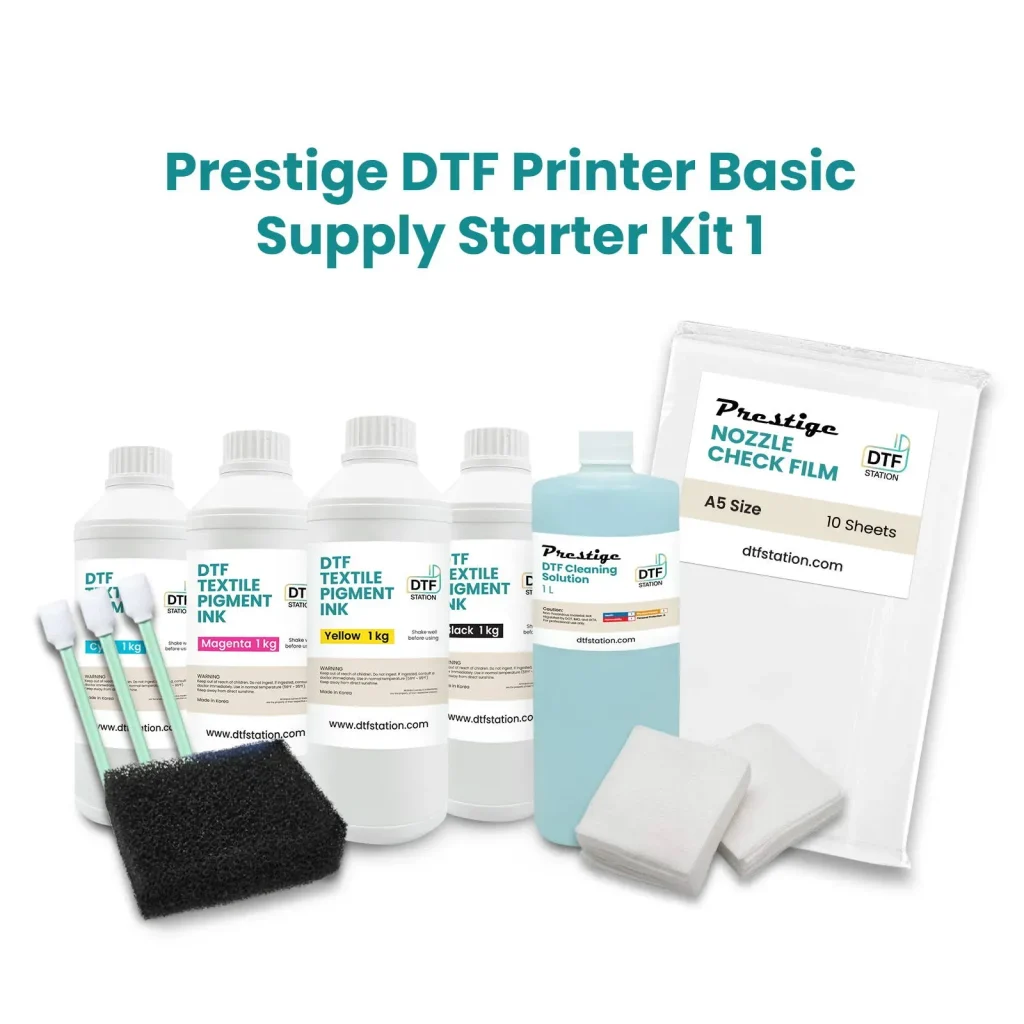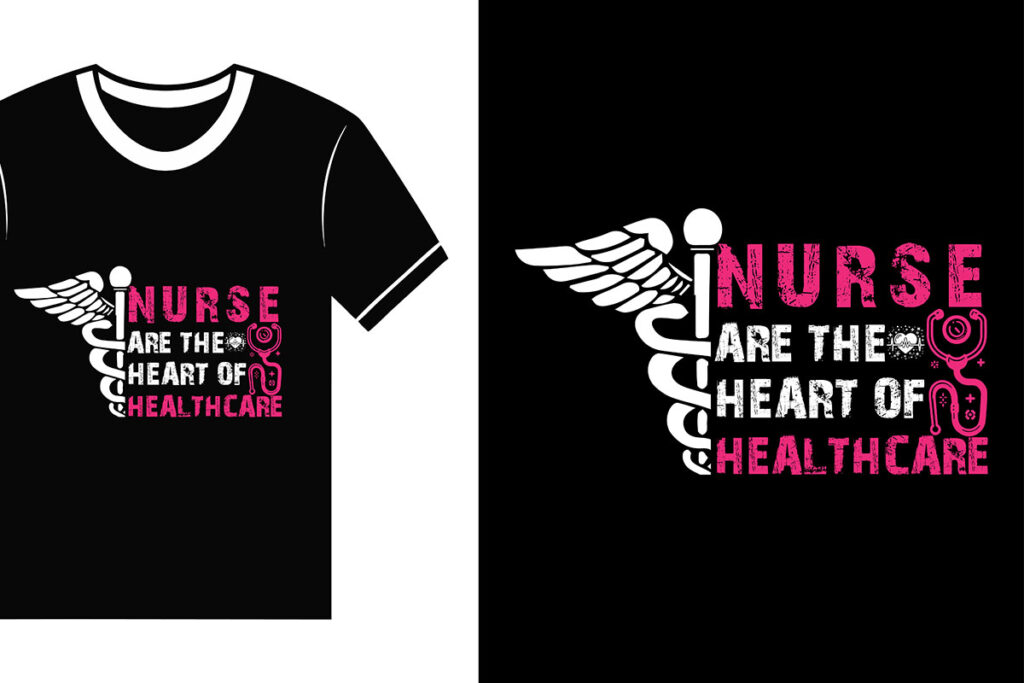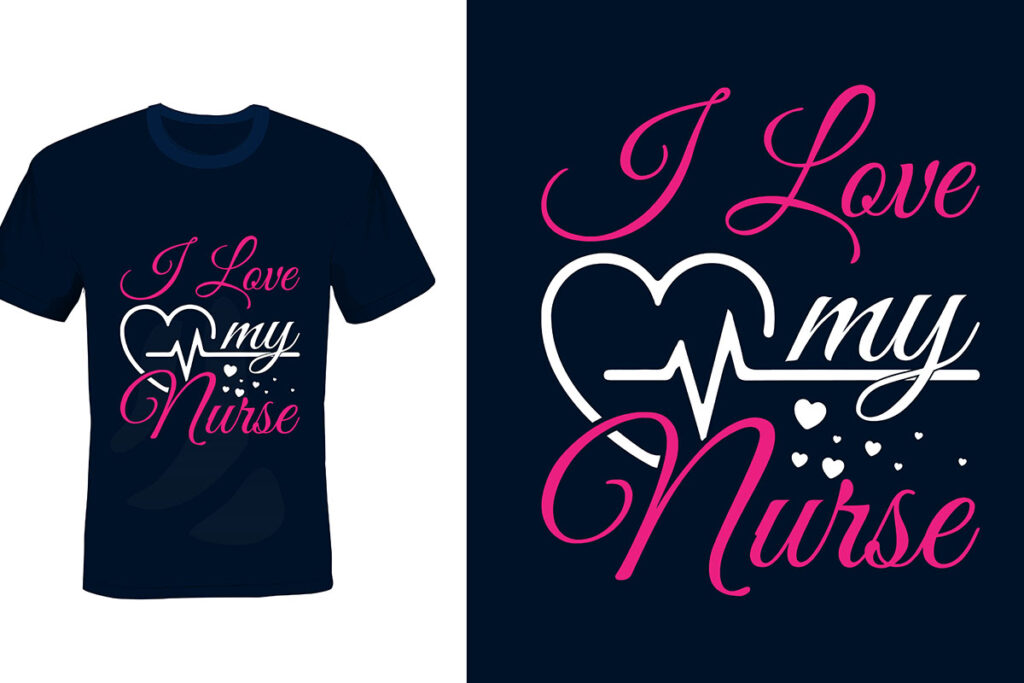In the dynamic world of custom printing, **DTF supplies** stand out as a revolutionary asset, especially for those engaged in garment decoration and the burgeoning print-on-demand industry. Utilizing cutting-edge DTF technology, these supplies enable creators to achieve stunning print quality alongside sustainable printing practices. From vibrant DTF inks to versatile DTF printers and specialized transfer films, each element plays a crucial role in providing an exceptional printing experience. As businesses increasingly prioritize eco-friendly methods, understanding the intricacies of DTF supplies becomes essential for those who aim to thrive in this competitive landscape. Join us as we delve into the comprehensive realm of DTF supplies, ensuring you are well-equipped to elevate your printing ventures.
Often referred to as direct-to-film printing materials, the **DTF supplies** landscape encompasses a variety of products and technologies that transform how designs are transferred onto textiles. This innovative approach taps into advanced DTF technology, combining the use of specific inks, printers, and transfer films to produce high-quality, durable prints. With an increasing focus on sustainable practices, these materials serve not only the creative needs of designers but also address environmental concerns within the printing sector. Understanding these supplies is paramount in today’s market; as the demand for customization grows, so does the need for effective and eco-friendly printing solutions. Let’s explore the essentials of DTF supplies to understand their impact on the fashion and apparel industries.
Understanding DTF Technology
DTF technology, or Direct-to-Film technology, represents a significant leap in the printing industry, especially for those focused on high-quality apparel customization. This innovative method utilizes a unique printing process that transfers inks onto a special film, which is then applied to the fabric using a heat press. With its ability to produce vibrant colors and intricate details, DTF has quickly become a favorite among both beginners and professionals in the garment printing sector. Not only does it enhance print quality, but it also minimizes waste, aligning with the industry’s move towards sustainable practices.
Moreover, the flexibility DTF technology offers is unmatched. Unlike traditional screen printing, DTF can efficiently print a wide range of designs, from simple logos to complex artworks, without compromising quality. This adaptability allows businesses to cater to diverse customer needs, making it an ideal solution for print-on-demand services where orders can vary dramatically in design complexity. Thus, understanding the core principles of DTF technology is fundamental for anyone looking to succeed in the modern printing landscape.
The Role of DTF Inks in Printing
Central to the efficacy of DTF printing is the use of high-quality DTF inks. These inks are specially designed to work seamlessly with the transfer films, ensuring that vibrant colors and intricate designs translate effectively onto the fabric. Notably, the development of advanced formulations, such as those offered by brands like Prism Inks, focuses on improving adhesion, color vibrancy, and durability. This is crucial because the longevity of a print is often dependent on the ink’s ability to withstand washing and everyday wear.
DTF inks come in various color models, primarily CMYK, which provides a broad spectrum of color possibilities. Some manufacturers have also begun offering specialty colors, which can significantly enhance the printing experience by allowing for richer, more detailed designs. Therefore, selecting the right inks is essential not just for achieving vivid prints but also for ensuring operational efficiency and cost-effectiveness in a DTF printing business.
Choosing the Right DTF Transfer Films
The selection of DTF transfer films plays a crucial role in the printing process. These films are where the designs are printed before they are transferred to fabric. The market offers a variety of films with different characteristics, such as matte and glossy finishes, each providing unique effects on the final product. When choosing transfer films, it’s important to consider not only the aesthetic outcomes but also their compatibility with the inks being used and their durability once printed.
A high-quality DTF transfer film not only enhances the print’s final appearance but also contributes to the longevity and wearability of the design. Factors like adhesive properties, film thickness, and heat resistance can all affect the transfer quality. By carefully selecting the appropriate film for your specific DTF setup, you will likely achieve better results, ensuring that your prints look professional and remain intact wash after wash.
Importance of DTF Printers in Your Setup
Choosing the right printer for DTF printing is a critical step in ensuring the quality of your final products. DTF printers are specifically designed to handle the unique requirements of this printing technique, such as printing onto specialty films with precise color accuracy and detail. Models like the compact A3 DTF printers from AM.CO.ZA are popular among small businesses because they provide an affordable yet high-quality option that does not compromise on performance.
Additionally, modern DTF printers come equipped with advanced features that optimize the printing process. These can include automatic maintenance systems, high-resolution printing capabilities, and compatibility with various ink types. By investing in the right printer, you can enhance your production efficiency and consistently deliver high-quality prints that meet your customers’ expectations.
Adhesive Powder: Key to DTF Transfer Success
In DTF printing, adhesive powder is a crucial component that ensures successful film-to-fabric transfers. After printing, the opaque adhesive powder is sprinkled onto the printed design, where it bonds with the ink. This process is vital because it helps the ink adhere to the fabric during the heat transfer process. Without proper application of adhesive powder, the durability and quality of the final print can be compromised, leading to problems such as peeling or faded prints after washing.
The selection of the right adhesive powder is just as important as the inks and films. The performance of different powders can vary widely based on factors such as temperature resistance and binding strength. In this regard, testing different adhesive powders might lead you to find the most effective option for your specific fabrics and inks. This meticulous attention to detail will ultimately contribute to creating longer-lasting, vibrant printed designs.
Embracing Innovations in DTF Supplies
As the DTF printing landscape evolves, innovations play a significant role in shaping the future of printing supplies. Many companies are focusing on developing eco-friendly materials and processes, contributing to the industry’s movement toward sustainability. For instance, advancements in DTF technology aim to reduce waste, improve print quality, and lower energy consumption, making the entire process more efficient and environmentally friendly.
Moreover, staying abreast of new developments in DTF supplies can help businesses maintain a competitive edge. Whether it’s new formulations for inks, upgrades in printer technology, or advances in transfer films, embracing these innovations can significantly affect your business’s operation. By adapting to these changes and integrating sustainable practices in your processes, you will not only enhance the quality of your products but also appeal to an increasingly eco-conscious customer base.
Frequently Asked Questions
What are DTF supplies and why are they essential for printing?
DTF supplies refer to the materials needed for the direct-to-film (DTF) printing process, including DTF inks, transfer films, and specialized printers. These supplies are essential because they directly impact the quality and durability of printed designs, making them crucial for anyone involved in the garment decoration industry.
How does DTF technology improve sustainable printing practices?
DTF technology enhances sustainable printing practices by significantly reducing waste compared to traditional methods. The DTF process uses less ink and minimizes the amount of fabric waste, making it a preferred choice for environmentally conscious businesses in the apparel industry.
What types of DTF inks are available for printers?
DTF inks are typically available in CMYK (Cyan, Magenta, Yellow, and Black) formulations, with some brands offering specialty colors. High-quality DTF inks are designed to adhere well to transfer films and fabrics, ensuring vibrant colors and longevity of prints.
What should I consider when choosing DTF transfer films?
When selecting DTF transfer films, consider factors such as the film’s finish (matte or glossy), compatibility with your specific DTF inks, and its durability. Different types of films can produce various effects, influencing the overall quality and appearance of your printed designs.
What is the role of adhesive powder in the DTF printing process?
Adhesive powder plays a crucial role in DTF printing by ensuring that the ink adheres properly to the fabric during the transfer process. Applying the right amount of adhesive powder helps create durable prints that can withstand washing and everyday wear.
Why is investing in quality DTF printers important?
Investing in quality DTF printers is important because they deliver consistent, high-quality prints and are designed for efficient operation. A good printer can save time, reduce ink waste, and enhance the overall printing experience, ultimately boosting your business’s productivity and profitability.
| Component | Description |
|---|---|
| DTF Inks | High-quality inks designed for the DTF process, typically available in CMYK and specialty colors. |
| Transfer Films | Films that serve as the medium for printing designs, available in various finishes like matte or glossy. |
| Printers | Printers specifically designed for DTF printing, offering high-quality outputs for small businesses and freelancers. |
| Adhesive Powder | Powder applied to ensure ink adheres to fabric during the transfer process. |
| Heat Press Machine | Necessary for applying heat and pressure to ensure a proper transfer from film to fabric. |
Summary
DTF supplies are revolutionizing the world of custom printing by providing the tools necessary for high-quality garment decoration. As the demand for personalized apparel grows, understanding the intricacies of DTF supplies becomes essential for success. From specialized inks and versatile transfer films to efficient printers and high-performance heat press machines, every aspect of DTF supplies contributes to the final product’s quality. Embracing these innovations not only enhances print capabilities but also promotes eco-friendly practices, making DTF supplies not just a trend but a cornerstone of the future in the apparel industry. Whether you’re looking to start a new venture or enhance an existing business, investing in quality DTF supplies will undoubtedly set you apart in a competitive market.



